The gums are designed to protect the teeth, and healthy gums rest snugly against the bottoms of the teeth, protecting their sensitive roots from painful, harmful irritants. When the gum tissue recedes, it pulls away from the teeth, forming gaps between the tooth’s surface and the gums. As bacterial plaque builds up on the teeth, it’s easily collected in these gaps in receding gums, where it becomes more difficult to remove. As plaque accumulates, the tissues of the tooth and even of the jawbone are gradually damaged and can easily lead to tooth loss and bone degeneration. While it can take a while for receding gums to wreak havoc on the oral health, with proper dental care, it’s possible to stop the gums from receding, so make sure to see your dentist regularly and follow their instructions for proper, effective oral hygiene at home. Once gum tissue has been damaged, it won’t grow back, so the goal of any treatment for receding gums is to maintain existing healthy gum tissue as much as possible. While the tissues of the gums don’t regenerate, however, there are treatments that dentists use to fix receding gums and restore the function and appearance of the gum line.
Gum tissue can recede for a variety of reasons. Periodontal diseases, like gingivitis and periodontitis, are infections in the oral tissues caused by bacteria that cause inflammation and recession in the gums. In its earlier stages, gingivitis, also known as gum disease, can be reversed and may not return, but as it progresses and becomes periodontitis, the effects can only be repaired and not reversed. The most common cause of periodontal disease is improper oral hygiene, and routine dental checkups combined with effective home care can help keep these insidious diseases at bay. It’s common knowledge that regular brushing and flossing are important parts of any hygiene routine, but people may not realize that overly aggressive or improper brushing can also cause receding gums. If your dentist tells you that your gums are receding because of the way you brush, you may want to consider using an electric toothbrush with a sensor that indicates if the pressure is too high, and, if this isn’t an option for you, your dentist or dental hygienist can review proper brushing techniques with you; holding the toothbrush gently and brushing in downward circles can help maintain the health of gums that have started to recede.
Smoking and using tobacco products can have a dramatic effect on the oral health, as these habits increase plaque buildup and interfere with healing, and smoking is universally discouraged for people with receding gums, and for all people. Some causes of receding gums are less immediately controllable, like fluctuating hormone levels, unconscious teeth grinding or clenching, or improper bite alignment, though dental specialists and other medical providers can offer holistic treatment options for these underlying causes. No matter the cause, the first option for treating gum recession is a dental scaling and root planing procedure, sometimes called a dental deep clean. This treatment does just what the name suggests, deep cleaning plaque and tartar from beneath the gum line before retexturizing and sanitizing the surfaces of the tooth roots to encourage the gum tissue to return to its rightful place. When damage to the oral tissues is significant and a deep cleaning isn’t enough to treat receding gums, oral surgery may be required. There are a couple of different types of surgery that are used to treat receding gums, depending on the situation, and there are also cosmetic treatments that help improve the appearance of the gum line while sufficiently protecting the roots of the teeth.
